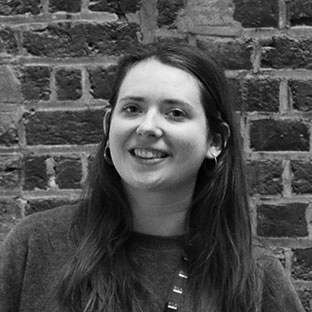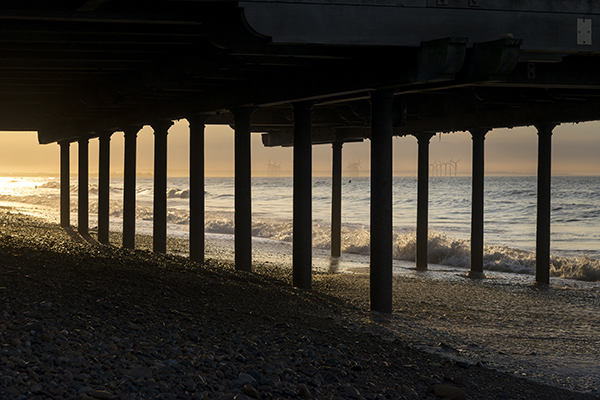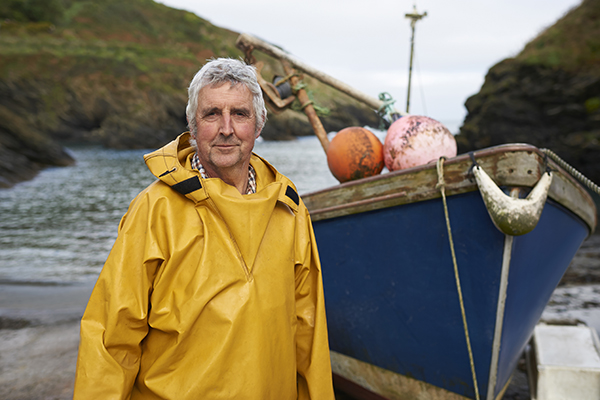Every area has potential. Every place has something to take pride in.
The RSA’s Heritage Index shows the huge range of heritage across the UK.
Bringing together over 120 data points to map the UK’s heritage assets and activities, the Heritage Index paints a picture of heritage at a local level. From our beaches and natural landscapes, to historic buildings and the many activities that happen across them all.
Last time we released the Heritage Index, in 2016, there were some interpretations and headlines that missed the point of what we were doing. Talking instead about the places with the ‘worst’ and ‘best’ heritage.
But no local area is devoid of heritage. Areas that perform less well in one part of the index tend to be stronger elsewhere.
The Heritage Index is designed to be a tool to unlock the potential of heritage to create a better future everywhere. It is designed to support collaboration within and across local areas, not to act as a league table.
It’s not about celebrating places with the most traditional forms of heritage, and shaming those without. It’s about how a broader understanding of our local past can improve people’s lives today.
Unlocking heritage potential
How do we do this? We like to focus not on the areas that score highest on the Index, but areas with the most potential to do even better.
The Index measures heritage assets and activities. Assets are things that the area has – historic sites, parks and open spaces, areas of natural beauty. Activities are what happens there – community engagement, local employment, and funding.
For example, Heritage Open Days are listed as activities across the Heritage Index. Heritage Open Days run across a week in September nationwide and give free access to heritage sites: in 2019 5,794 open days attracted 2.4 million visitors across England.
We define potential in the Heritage Index as areas where there is a greater strength in an area’s heritage assets than activities. That suggests there is a chance to engage even more with local assets.
It’s important to note that for activity, we focus on how much local residents engage with heritage and less on tourism. And when looking at potential, we focus on increasing heritage activity in an inclusive and sustainable way. (Our recent report Heritage for Inclusive Growth explores places where engagement within the heritage sector has been designed with inclusivity specifically in mind.)
One example of an area with high potential is Chorley in Lancashire. Since the last index, they have gained a huge new heritage asset. The West Pennine Moors have been designated a Site of Special Scientific Interest (SSSI). This unique natural environment supports a range of breeding birds and wildlife habitats. There is naturally huge potential to develop activities to engage the local community in this new asset.
On this measure of potential, even areas that score very highly on the Heritage Index have potential for more activity. In Scotland, Dundee is 2nd in the Heritage Index. It’s also 2nd in potential. It has world-class museums and industrial heritage, but the percentage of local people engaging with heritage assets is 10% lower than the Scottish average.
Focusing on potential allows us to recognise the areas that ‘punching above their weight’. And importantly, it allows local areas to make the case for much-needed funding. We know that funding support is vital for heritage to meet the potential we’ve identified.
It’s great to see local areas use the RSA Index to support their bids for support and secure funding. For example, Barrow in Cumbria secured support from the National Lottery Heritage Fund for ‘micro-grants’ to community groups to celebrate industrial heritage.
Heritage for all – what does it really mean?
In the Heritage Index 2020 report we also look at what’s changed in the sector since 2016.
In the data we’ve seen an increase in citizen involvement in their community heritage. Part of this is the rise of neighbourhood plans, where local communities write local development plans and hold a referendum on them. (These have been supported by government.) But it’s also a wider effort to promote involvement and increase in assets of community value.
But externally, the landscape that this heritage exists in is also continually changing. This is something we have seen throughout 2020.
This year’s Heritage Index comes at a critical point for the sector. The impact of Covid-19 is playing out alongside welcome reflections on how our heritage can represent more inclusive histories and be more sustainable.
Covid-19 has highlighted the importance of parks, open spaces, and landscapes more than ever. We’re all relying on nature to connect us as we move in, out, and into lockdowns. They play a vital role too in the Heritage Index.
But sadly, we know that Covid-19 is a threat to large parts of the heritage sector as they struggle to stay afloat during lockdown. Heritage is a critical part of local identity. We believe that looking at the data in the Heritage Index shows there is an opportunity to contribute to local recoveries from crisis.
Critical to this recovery is a focus on inclusivity and sustainability. The Black Lives Matter movement has provided a welcome spotlight on how heritage cannot be a fixed, single narrative, but must be for all. (As previous posts on the RSA blog have discussed.)
Bristol’s heritage, for example, is as much about Pero Jones and Paul Stephenson as Edward Colston. We need to recognise the importance of multiple heritages – with words and with action. Every community has heritage. We need to value them all.
Finally, there is climate change. Not a new problem for 2020, but a year where we have seen its impact continuing to grow. The climate emergency now threatens areas of natural beauty and other heritage assets.
All of these challenges highlight the importance of asking ourselves– are we measuring the right things to meet today’s challenges?
The RSA Heritage Index brings a wealth of data together. But it’s limited by the data that exists. In particular, we rely on nationally available data so that we can fairly compare areas.
Sustainability and diversity are vital to the future of the heritage sector. But at the moment, they're not measured systematically. This needs to change.
Where next?
We want the RSA Heritage Index to be a useful resource for heritage and local government, and a catalyst for change.
The Heritage Index can offer insight into assets in local areas, comparison to surrounding local authorities and show the potential within areas to increase activities.
We hope it is a useful tool for heritage practitioners, funders, communities and policymakers alike.
Let’s celebrate our pride in our places across the country.
Explore the RSA Heritage Index 2020
Related articles
-
What does heritage mean to you?
Blog
Becca Antink
The RSA is working on how heritage can improve lives in local places. Here are our stories of what heritage means to us - what are yours?
-
Changing how we see heritage can help us build back better
Blog
Becca Antink
How the heritage sector is making a difference in local communities.
-
The blank page approach to cultural heritage
Blog
Stephen Stenning
The best way of protecting heritage isn't locking it away. Stephen Stenning on creating a people-centred heritage sector by re-thinking our old assumptions.



